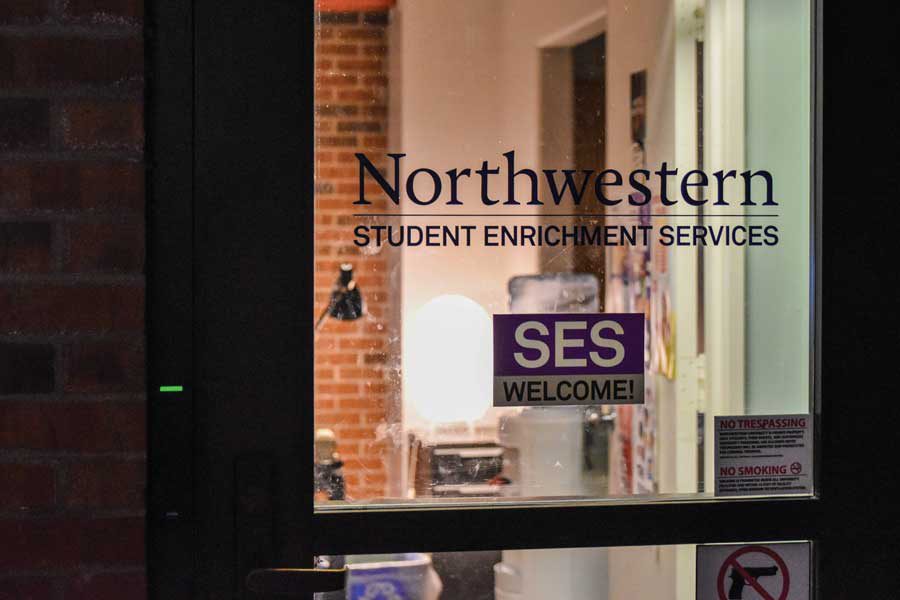Emergency Aid Fund, previously filed under SES, now administered through financial aid office
Daily file photo by Brian Meng
The entrance to the Student Enrichment Services office, located in Foster-Walker Complex. SES serves as a resource for first-generation, low-income and undocumented students.
October 8, 2019
The Emergency Aid fund — formerly known as the SEEN Fund and previously administered through Student Enrichment Services — is now being processed through the Office of Undergraduate Financial Aid, according to SES’s website.
There was no public announcement of the change — many students found out about the switch via their Twitter feeds.
Julie Payne-Kirchmeier, the interim vice president of student affairs, said the decision to file emergency aid applications through the financial aid office was intended to streamline the application process.
“By moving the disbursement and request process to financial aid, the counselors there have access to a larger variety of options for helping students,” Payne-Kirchmeier wrote in an email to The Daily. “In some instances, the financial aid office is able to help in alternate ways by reviewing existing application materials.”
Despite the improvements outlined in the email, some students have reported they have experienced complications with the fund, which only led to further stress and uncertainty.
The Emergency Aid fund is intended to relieve unexpected expenses that cause significant hardship and stress for students. Additional aid can be given to meet special circumstances, according to the financial aid office’s website.
Cayla Clements, who identifies as a low-income student, had to visit her grandmother, who was sick, at the end of Spring Quarter this year. The Medill junior had been assured by SES that the flight expenses would be covered by the Emergency Aid fund.
However, after she filled out an application form for funding, Clements said received an email from financial aid stating that she wouldn’t receive the aid because the quarterly refund check she was given by SES was meant to cover flight costs. Clements said she was given the check at the beginning of the quarter and had used it for expenses like textbooks and medicine and put a portion of the money in her savings account.
“The job that I have and that part of the refund check is basically all I have to sustain myself throughout the quarter,” Clements said.
She said the “emotional labor” required to repeatedly ask for aid while her grandmother was ill was “a traumatic experience.”
Clements tweeted about the complications, and a student sent a letter advocating for her right to receive the funding to SES and financial aid.
“Why does it take 20 people or more sending emails to the school?” Clements said.
Other low-income students said they are still uncertain how the changes will affect them, especially regarding health care bills. Payne-Kirchmeier confirmed in the email that students could submit any medical need, regardless of health care provider, for funding, but students said they would like more information about the process.
Medill junior Mia Mamone, who identifies as a first-generation, low-income student, said she was worried about her health care coverage when she first arrived on campus.
Mamone said the best way the University can help FGLI students is to make sure they have access to money when they need it and to keep any processing complications to a minimum.
“Some people might think, ‘Oh, that’s the easy way out,’ or ‘Why would people deserve that?’” Mamone said. “(FGLI students) know what necessities are and what we need. And I don’t think there’s any chance of misuse of any funding like that from the University. It helps people feel like they’re on a more level playing field.”
Email: neyathanikachalam2022@u.northwestern.edu
Twitter: @neyachalam



